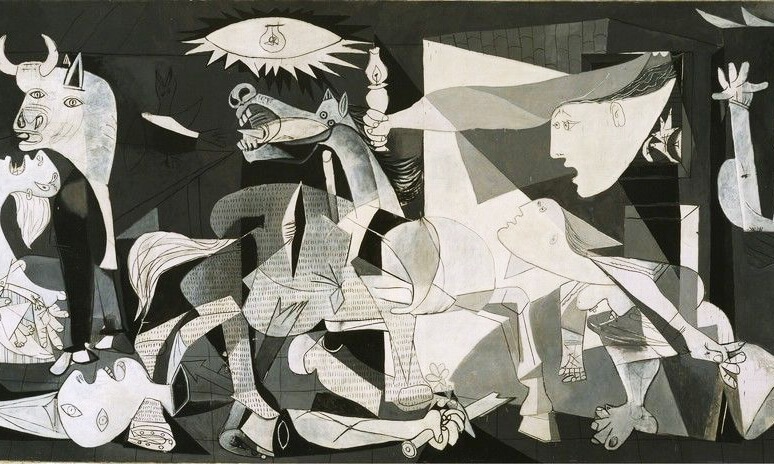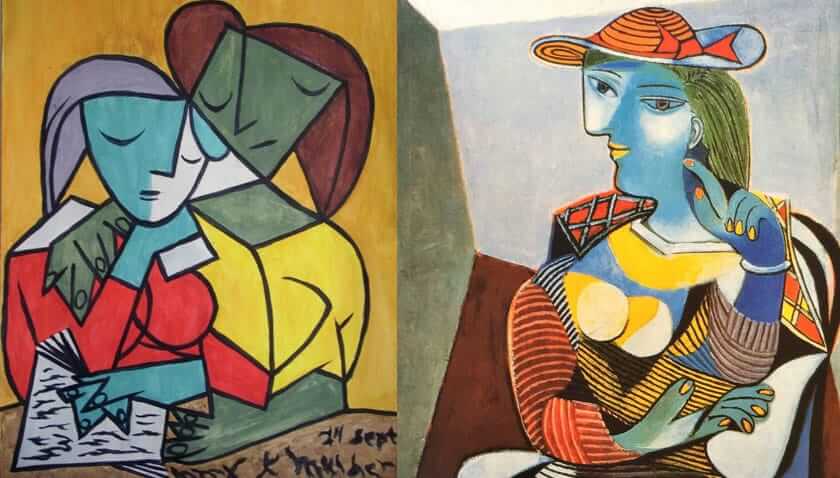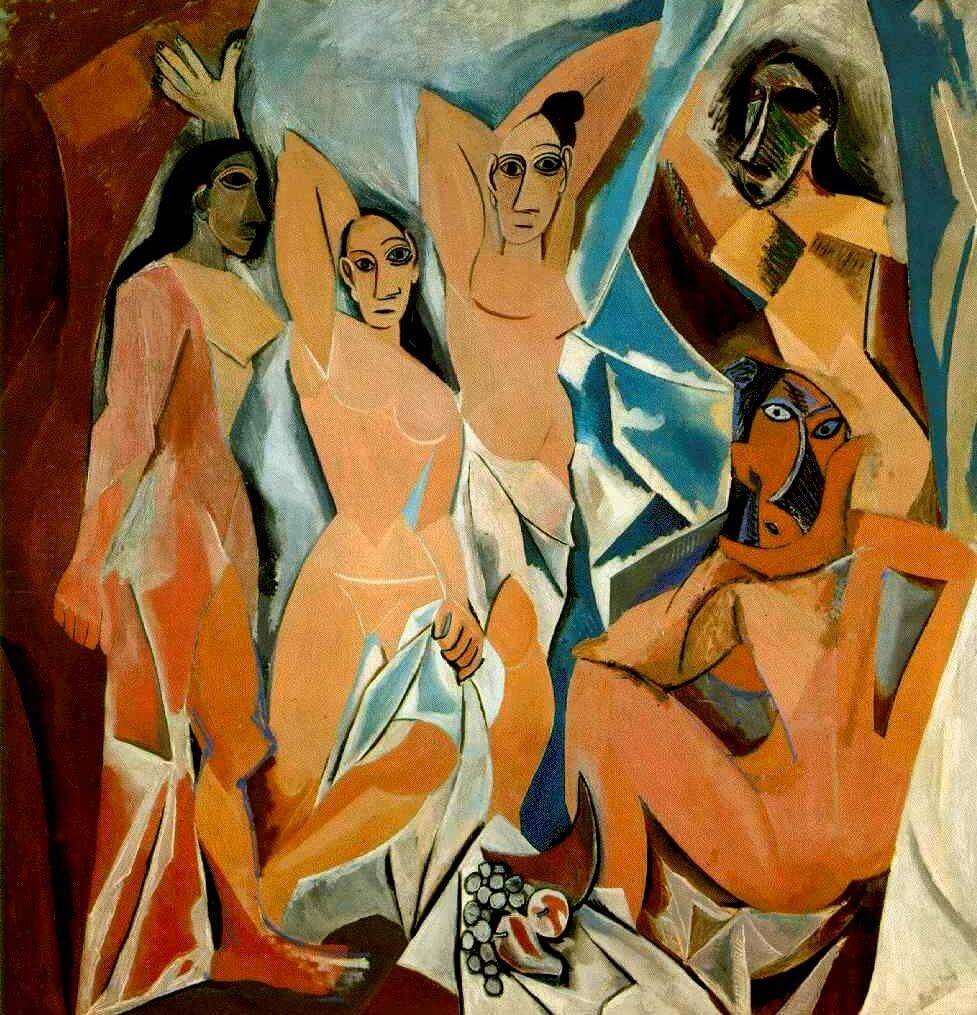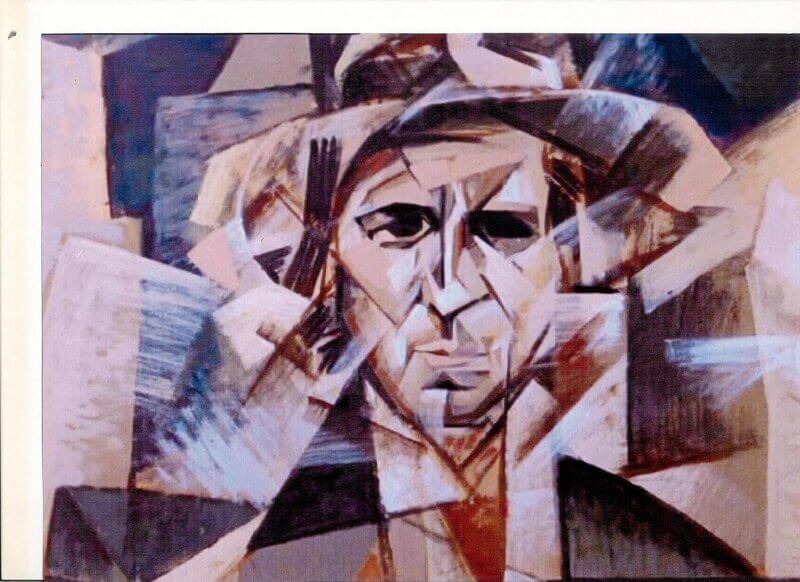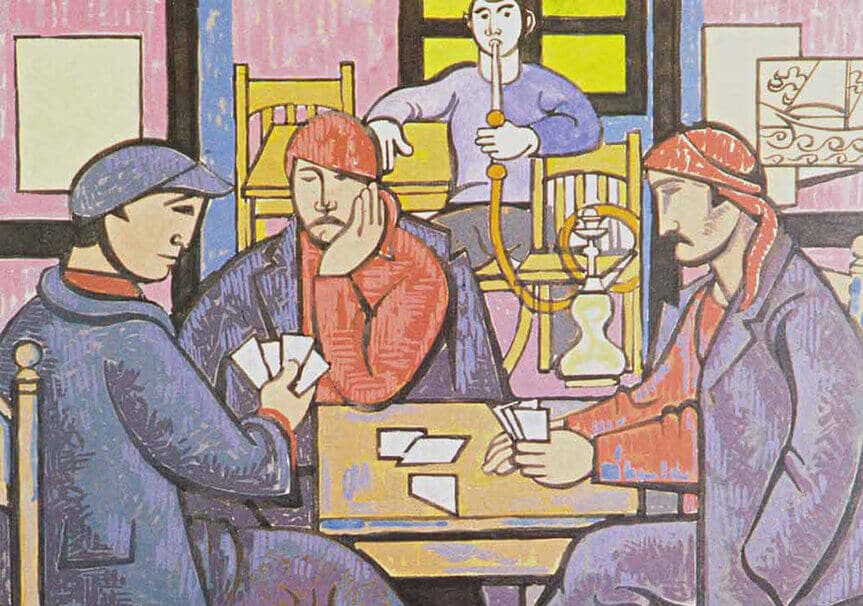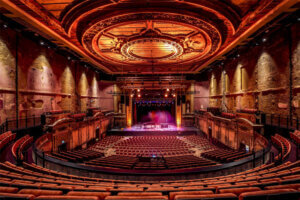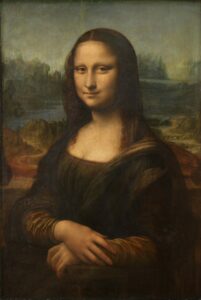Cubism 20. It is a French art movement that broke away from a representation-based art understanding that emerged in the first years of the century and realized a kind of revolution. We’ve compiled everything about Cubism for you:
Towards the Emergence of Cubism: The Artistic Evolution of Modernism
The beginning of the modern period is considered to be the French Revolution (1789). After the revolution, artists use subjects intertwined with art such as mythology, religion, history and philosophy as a form of expression. Artists prefer to transfer their wishes to their productions and start to produce works in line with their own perspectives. Artists who want to change what they see and reflect what they feel on their works have sought to reshape their works.
Depending on the capitalist system, The standardization that occurred in the economic life of the 18th century, combined with the innovations brought by technology, changes the role of people in social life. In the field of art and culture, there is a faster change than in previous periods. Towards the end of the 19th century, it is seen that new trends emerged one after another.
The first of these emerging trends is the Impressionism art movement, which expresses the sense of change. Fauvism, one of the movements that emerged in 1905 after Impressionism, enters the art of painting with a style that expresses instincts and enthusiasm with bright colors. While Fauvism continues its influence, Expressionism emerges. Then, as a reaction to Expressionism, Cubism was born.
Artistic Revolution: Cubism Takes the Painting Scene
Formal aspect of art Cubism made the biggest revolution of the 20th century. Art represents the external appearance of nature perceived by the senses from the Renaissance to the 19th century. It reflects until the end of the century. Cubism destroys the usual traditional dominant view since the Renaissance and presents the viewers with images of objects from various angles at the same time. Cubist artists divide the volume into geometric parts and rearrange these parts with vertical and horizontal lines.
First Definition of Cubism: “Little Cubes”
In 1908, Louis Vauxcelles uses the words “little cubes” to characterize Braque’s landscape paintings. These words of the art critic Vauxcelles are accepted as the first appearance of the term Cubism. In those years, many theoretical studies were made to define Cubism and to investigate its emergence, and the birth of Cubism was tried to be based on scientific foundations.
Stating that cubism is an art movement that deals with forms and forms, Picasso states the following: “Mathematics, trigonometry, chemistry, psychoanalysis, music, and more have all been put in place to make cubism easier to explain. All of these attempts, which blind people with theories and have bad results – I won’t say they are nonsense, but – are nothing but literature. Cubism keeps itself within the boundaries of painting and does not try to go any further”.
Cubism is both the visible and the invisible side of the object.
In Cubism, form comes before subject. Objects in the outside world are handled by cubist artists with all their visible and invisible aspects. Objects and people drawn in cubic paintings are reflected not only with their external appearance, but also with their surroundings and thoughts. While artists geometricize these objects, they transform their imaginations and thoughts into form with the influence of their subconscious.
In other words, cubism benefits not only from geometric shapes but also from the artist’s entire experience. For Cubists, volume is the essence of objects after they have been stripped of their emotional qualities. It is the intellectual volume that is free from the senses that they want to give in their paintings. The most well-known representatives of Cubism are Pablo Ruiz Picasso (1881-1973) and Georges Braque (1882-1963).
Could Everything We See In Nature Be The Subject Of Cubism?
Paul Cezanne inspired both Picasso and Braque in the development of Cubism, destroying the usual perspective in painting, thus becoming a pioneer in the geometric logic of Cubism. Cézanne, who is considered to have laid the stylistic foundation of the Cubism movement, gives importance to the volume of the object in his paintings and tries to reflect the geometric structure of the forms in nature. Cezanne says that what we see in nature can be described in a geometrical style, that is, it can be reduced to shapes such as triangles, rectangles and ovals.
‘This Must Be a Joke’: Women from Avignon
The work considered the birth of cubism is Pablo Picasso’s painting “Women of Avignon”, one of his most famous works. While the Women of Avignon are considered by many art historians as the pioneering work of Cubism, according to some art historians, they are thought to represent the point of departure from the European painting tradition, which started with the Renaissance and continued for five centuries.
This painting, which appeared between 1905 and 1906, depicts five women working in a brothel on Avignon street in Barcelona. Art friends who see Picasso’s work think it’s a joke!
A Modernist Attack on European Art
This work is known as one of the milestones of modern painting and Cubism. It becomes one of the most assertive and aggressive paintings of the century. The Women of Avignon is an ambitious picture with wild energy. The image of shattered or broken glass in the painting reveals the most important visual effect that reflects this wild energy.
Geometric forms dominate the whole painting. Inspiration from African masks is a modernist attack on the ideal ideas of European art. Picasso has successfully produced a work that no one else had thought of until that day, in which creation and destruction, in the same way, modernism and brutality were not combined radically.
Analytical Cubism: Objects Shattered
Cubism has two subforms; Analytical Cubism (1909) and Synthetic (1912) Cubism. Analytical Cubism first divides the shape of the object in the mind and then combines those parts, but the resulting shape is not exactly like the object itself. The artist does not have to worry about making the shape look like an object, so he creates a new shape; geometric, simple, universal shapes…
Composition balance comes out of the object, that is, the concrete, and reaches the abstract. It is called analytics because an object is broken down into parts and analyzed separately. Pablo Picasso’s The Guitarist (1910) is one of the best examples of Analytical Cubism. The table literally has the appearance of a puzzle.
Synthetic Cubism: Could What You See Actually Be What You Can’t See?
Synthetic Cubism, unlike Analytical Cubism, transforms into form when combining different objects with geometric shapes. Collage has an important place in Synthetic Cubism, the subject is easier to understand. Different from Analytical Cubism, different objects and materials (wood, paper, metal, newspaper pages, etc.) are used. For example, letters and numbers are added to the picture in an abstract dimension by being completely free of their tangible existence.
Suspicious effects such as illusions and perception errors are reflected in the picture. When looking at Braque’s Tenor, the wood-like object looks like it was made with a brown paint, but a piece of wood is actually used in the painting!
Cubism in Turkey
A Cubism understanding based on Cezanne is dominant in Turkey. Turkish artists reflect the concept of construction based on Cezanne, that is, on a geometric basis, in painting. (What is a construction? It is the whole of the elements that come together as a result of a building action and come together to form the structure.) Nurullah Berk, Still Life with Cards (1933); Nurullah Berk, The Ironing Woman (1950); Cemal Tollu, Manisa Mountains (1941); Although works such as Cemal Tollu, The Shepherd and the Angora Goats (1955) stand out as important works in the context of construction, they also maintain their importance in the context of locality. While shape and form are important in Cubism, in Turkey the subject is as important as the form of the painting.
On the other hand, Turkish painters seek to create a Turkish art. Melih Cevdet Anday’s statement about Cubism in Turkey and the effort of painters to create original art explains this dilemma quite well, “None of the artists of this period is completely comfortable. Because they do not want to be content with what they learned in Paris, and on their return, they still seek to be themselves with a Western perspective. Of course, this search prowess will show a different formation in everyone. But the main concern is this: What should we do to avoid being an imitation of the West?”.




